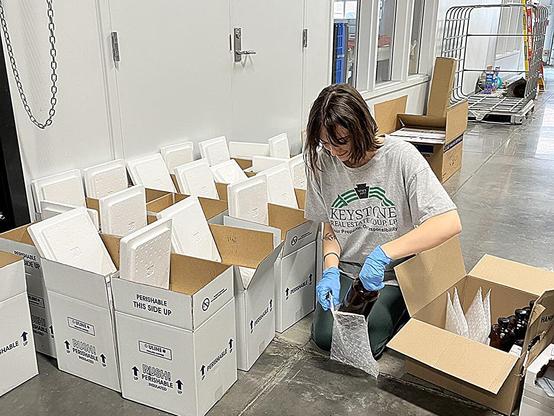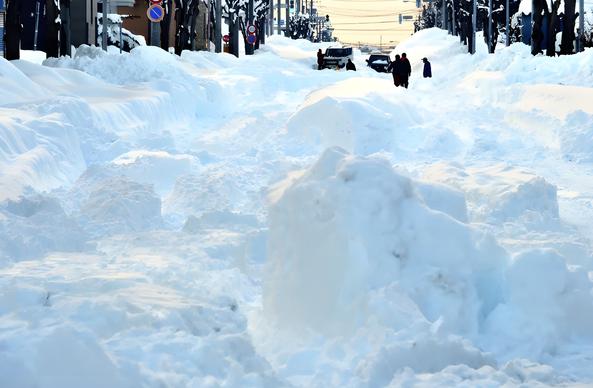2025-07-18 09:25:22
Now out in #TMLR:
🍇 GRAPES: Learning to Sample Graphs for Scalable Graph Neural Networks 🍇
There's lots of work on sampling subgraphs for GNNs, but relatively little on making this sampling process _adaptive_. That is, learning to select the data from the graph that is relevant for your task.
We introduce an RL-based and a GFLowNet-based sampler and show that the approach perf…
2025-06-17 21:52:42
'Forever chemicals' detected in 65% of sampled private wells in Pennsylvania https://phys.org/news/2025-06-chemicals-sampled-private-wells-pennsylvania.html
PFAS Found in 65% of Private Wells Sampled in Pennsylvania
2025-07-18 06:53:15
🇺🇦 #NowPlaying on KEXP's #VarietyMix
Sampology:
🎵 Morning Sun
#Sampology
https://sampology.bandcamp.com/track/morning-sun
https://open.spotify.com/track/0ODz72aWsdWhKqgEmJYZ7Q
2025-06-18 08:11:22
Enhancing Symbolic Machine Learning by Subsymbolic Representations
Stephen Roth, Lennart Baur, Derian Boer, Stefan Kramer
https://arxiv.org/abs/2506.14569 …
2025-07-17 12:05:00
Umfragen zeigen: Kleine Symbole für Gen-Z besonders wichtig
Wer mit der Gen Z arbeitet, sollte allmählich die Sprache der Emojis erlernen. Das legen Umfrageergebnisse nahe.
https://www.
2025-06-18 10:28:44
Adaptive Data Augmentation for Thompson Sampling
Wonyoung Kim
https://arxiv.org/abs/2506.14479 https://arxiv.org/pdf/2506.14479
2025-07-19 10:49:37
Recht simples, doch untrügerisches Basilikum-Vinaigrette-Rezept, mundet mit etwas weniger Olivenöl ebenfalls ausgezeichnet. #nommention
https://www.simplyrecipes.com/recipes/basil_vi…
2025-06-18 08:18:43
An Exact and Efficient Sampler for Dynamic Discrete Distributions
Lilith Orion Hafner, Adriano Meligrana
https://arxiv.org/abs/2506.14062 https://
2025-06-17 10:10:57
The Sample Complexity of Distributed Simple Binary Hypothesis Testing under Information Constraints
Hadi Kazemi, Ankit Pensia, Varun Jog
https://arxiv.org/abs/2506.13686
2025-07-17 14:16:39
Ungewöhnlich warme #Meeresströmungen vor Japans Küste können zu extremem #Schneefall führen.
Zu diesem Ergebnis kamen Wissenschaftler der Rissho-Universität und der Universität Hokkaido. Im Februar fielen auf









